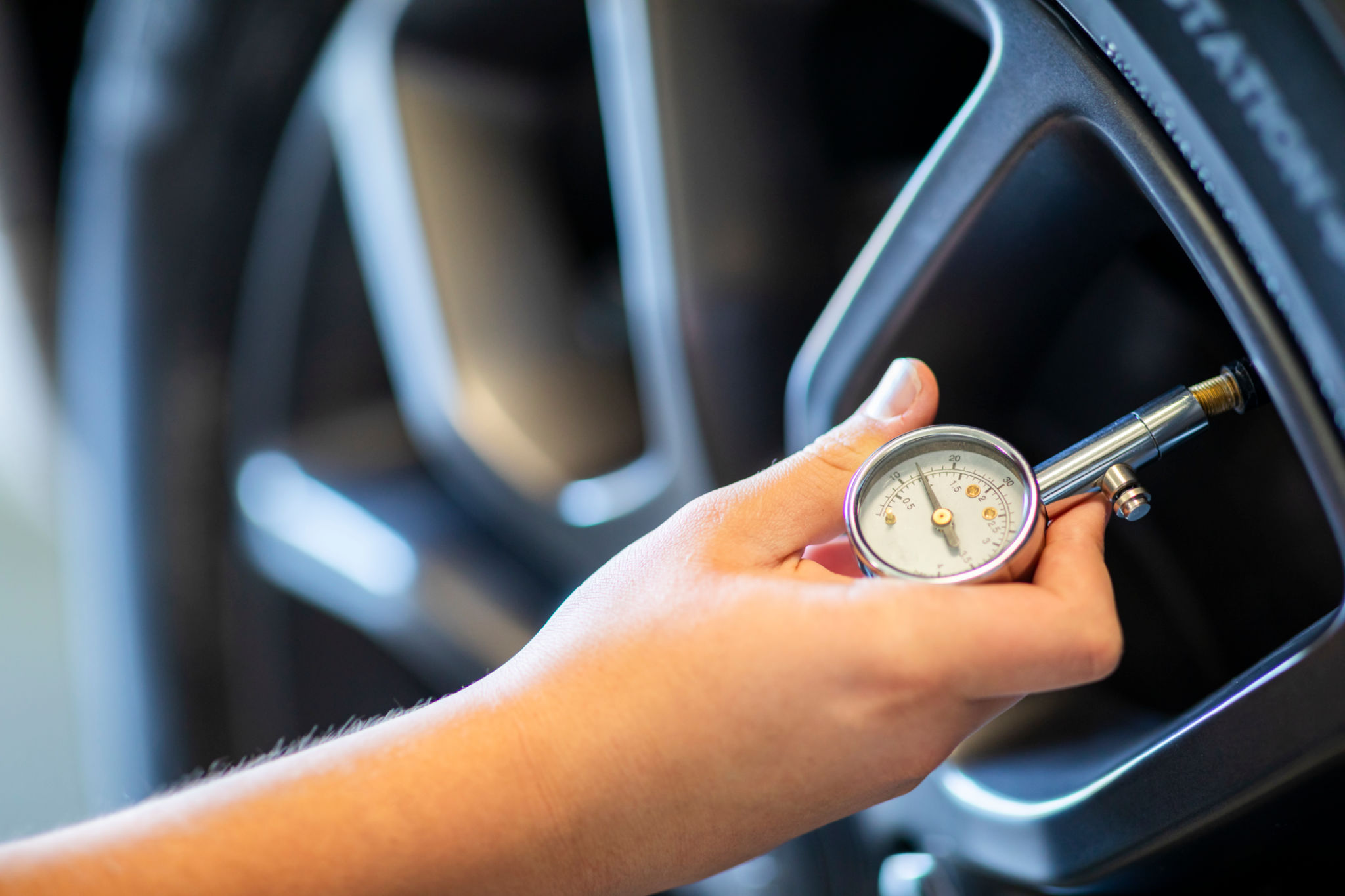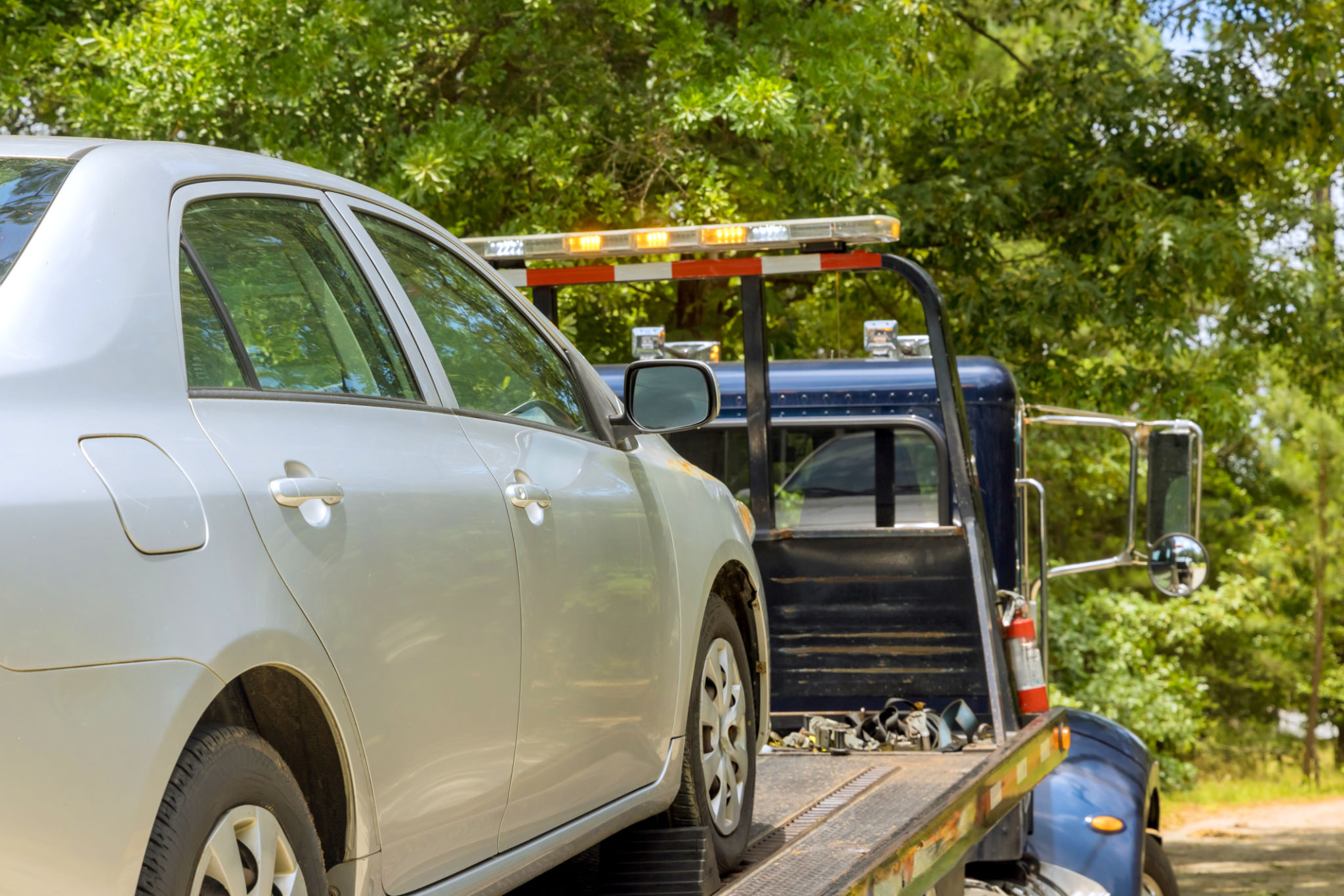Debunking Common Myths About Tire Care and Roadside Assistance
Understanding Tire Pressure Myths
One of the most persistent myths about tire care is that the pressure listed on the tire's sidewall is the recommended level for inflation. In reality, this number represents the maximum pressure the tire can handle, not the optimal pressure for your vehicle. The correct tire pressure is usually found on a sticker inside the driver’s door or in your vehicle's manual. Maintaining the right pressure is essential for safety and fuel efficiency.
Another common misconception is that checking tire pressure once is sufficient. However, tire pressure can fluctuate with temperature changes, so regular checks are crucial. It's recommended to check tire pressure at least once a month and before long trips to ensure optimal performance.

The Truth About Tire Rotation
A widespread belief is that if your tires look fine, there's no need to rotate them. This is far from true. Regular tire rotation ensures even wear on all tires, which can extend their lifespan and improve your car's handling. Most experts recommend rotating tires every 5,000 to 7,500 miles, but you should consult your vehicle's manual for specific guidance.
Some drivers think that rotating tires themselves is too complicated, but with a bit of practice and the right tools, it can be a straightforward process. If you're not comfortable doing it yourself, a professional service can handle it efficiently.
Roadside Assistance Myths
Many people assume that roadside assistance is unnecessary if they have car insurance or a new vehicle warranty. While it's true that some insurance policies and warranties offer limited roadside services, dedicated roadside assistance programs often provide more comprehensive coverage and faster response times.

Another myth is that roadside assistance is only for emergencies like towing or flat tires. In fact, these services often include benefits like battery jump-starts, fuel delivery if you run out of gas, and even lockout services if you accidentally lock your keys in the car. Having access to roadside assistance can offer peace of mind in many unexpected situations.
The Cost Factor
Some drivers hesitate to invest in roadside assistance because they believe it will be too expensive. However, many programs are surprisingly affordable, with annual memberships often costing less than a single emergency service call. Weighing the cost against potential expenses in an emergency situation can make roadside assistance a worthwhile investment.

Conclusion
Understanding and debunking these common myths about tire care and roadside assistance can lead to safer driving experiences and potentially save money in the long run. Regular maintenance and having a reliable support system in place are key components of responsible vehicle ownership.
By being informed and proactive, you can ensure that both your tires and your peace of mind are well taken care of. Whether it's keeping your tires properly inflated or having a backup plan for roadside emergencies, these steps can make all the difference on your journeys.
